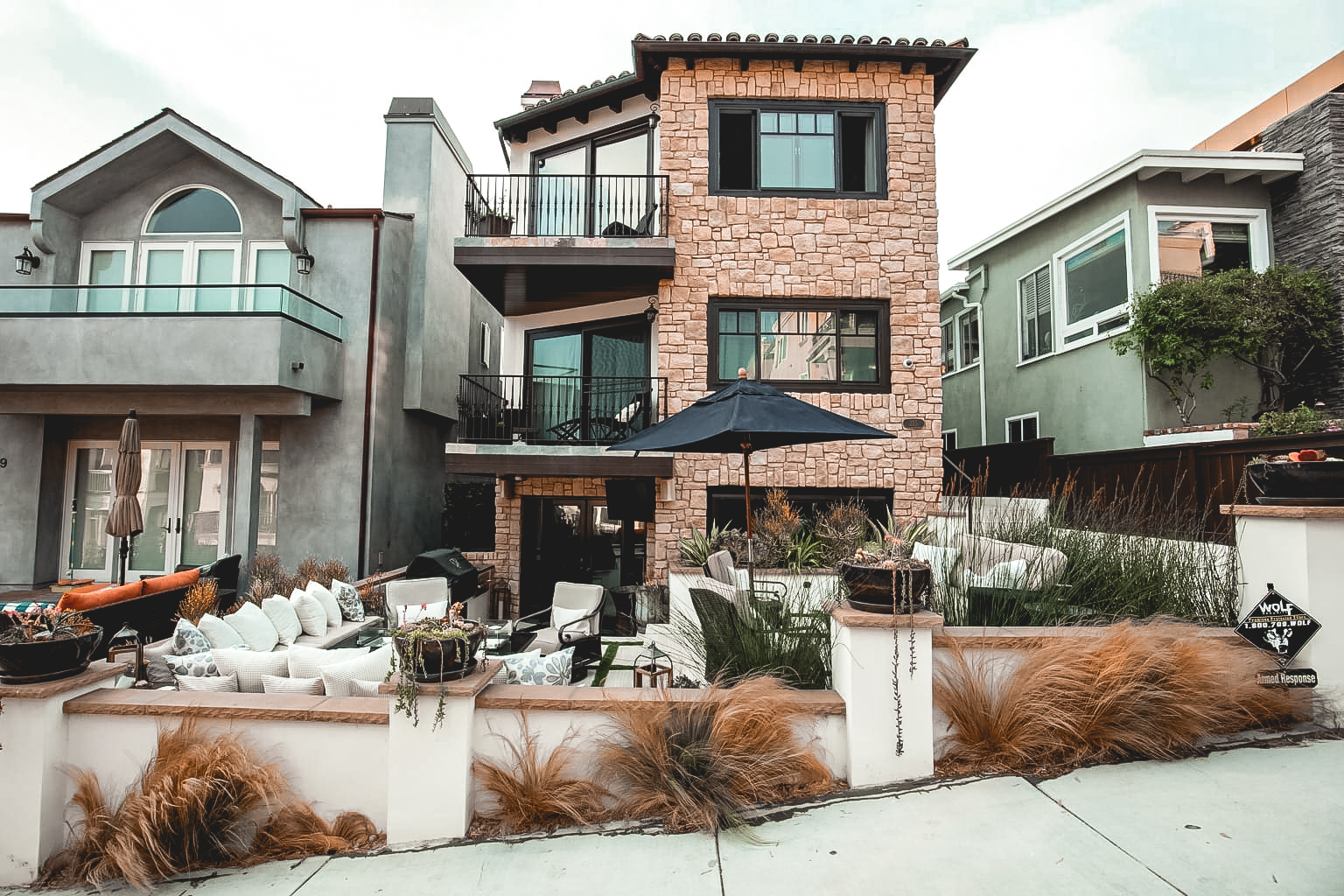When you think of home design, images of cozy, traditional houses or sleek, modern apartments might come to mind. But there’s a design style that breaks all conventions, standing as a stark contrast to the norm – Brutalism. Often associated with imposing concrete structures, Brutalism has made a mark in architecture worldwide, and now it’s taking a bold step into the realm of home design. In this article, we’ll explore Brutalist home designs, their distinctive characteristics, and the growing fascination with this unconventional style.
The Brutalist Aesthetic
Brutalism is a design movement that emerged in the mid-20th century. Its name is derived from the French term “béton brut,” which means “raw concrete.” Brutalist architecture is characterized by its use of exposed concrete, geometric shapes, and a focus on functionality. It’s a style that doesn’t shy away from expressing the raw, unadorned qualities of building materials.
Characteristics of Brutalist Home Designs
- Raw Concrete: Brutalist homes feature exposed concrete as a primary material. The concrete is often left untreated, showcasing its rough and textured appearance.
- Geometric Shapes: Brutalism often embraces bold, geometric shapes, resulting in structures with a strong and imposing presence. Cubes, rectangles, and angular forms are common.
- Minimalist Interiors: The interiors of Brutalist homes tend to be minimalistic, with clean lines and a focus on functionality. Furniture and decor are often simple and understated.
- Natural Light: Large windows and openings are incorporated to allow ample natural light to filter into the space, creating a balance with the heavy concrete exteriors.
- Harmony with Nature: Brutalist home designs often aim to harmonize with their natural surroundings. The use of concrete and large windows can provide a strong connection to the outdoor environment.
The Growing Fascination
Brutalism is making a comeback, and its influence is extending into residential architecture. Here are some reasons behind the growing fascination with Brutalist home designs:
- Aesthetic Appeal: The stark beauty of raw concrete and bold geometric shapes has a unique and captivating aesthetic appeal. It’s a style that dares to be different.
- Sustainability: The use of concrete aligns with sustainability principles. Concrete is durable, long-lasting, and has excellent thermal properties, which can contribute to energy efficiency.
- Functional Design: Brutalism’s focus on functionality and minimalism resonates with those who appreciate efficient and uncluttered living spaces.
- Architectural Reinterpretation: Modern architects and designers are finding ways to reinterpret Brutalism, infusing it with contemporary design elements and materials.
Statistics and Global Influence
The fascination with Brutalism isn’t limited to a specific region. It has influenced architecture worldwide. For example, the renowned Barbican Estate in London, designed by Chamberlin, Powell, and Bon, is a notable Brutalist residential complex. In the United States, Paul Rudolph’s Yale Art and Architecture Building in New Haven is a classic example of Brutalism.
Incorporating Brutalist Elements
While not everyone might opt for a fully Brutalist home, incorporating some of its elements can add a touch of this unique style to your living space. Here are some ideas:
- Exposed Concrete: Use concrete in your interiors, like concrete countertops or floors, to introduce a Brutalist touch.
- Geometric Decor: Incorporate geometric patterns and shapes in your furniture and decor.
- Industrial Lighting: Choose industrial-style lighting fixtures to create a raw, functional ambiance.
- Minimalist Design: Embrace minimalism in your interiors, focusing on simplicity and functionality.
Brutalist home designs are not for the faint of heart. They embrace raw materials, bold shapes, and a distinctive aesthetic. While not everyone’s cup of tea, the growing fascination with Brutalism is a testament to its enduring appeal. Whether you’re a die-hard fan or simply curious, exploring this unconventional style can be an exciting journey in the world of home design. After all, there’s beauty in embracing the bold, the raw, and the fascinating.

